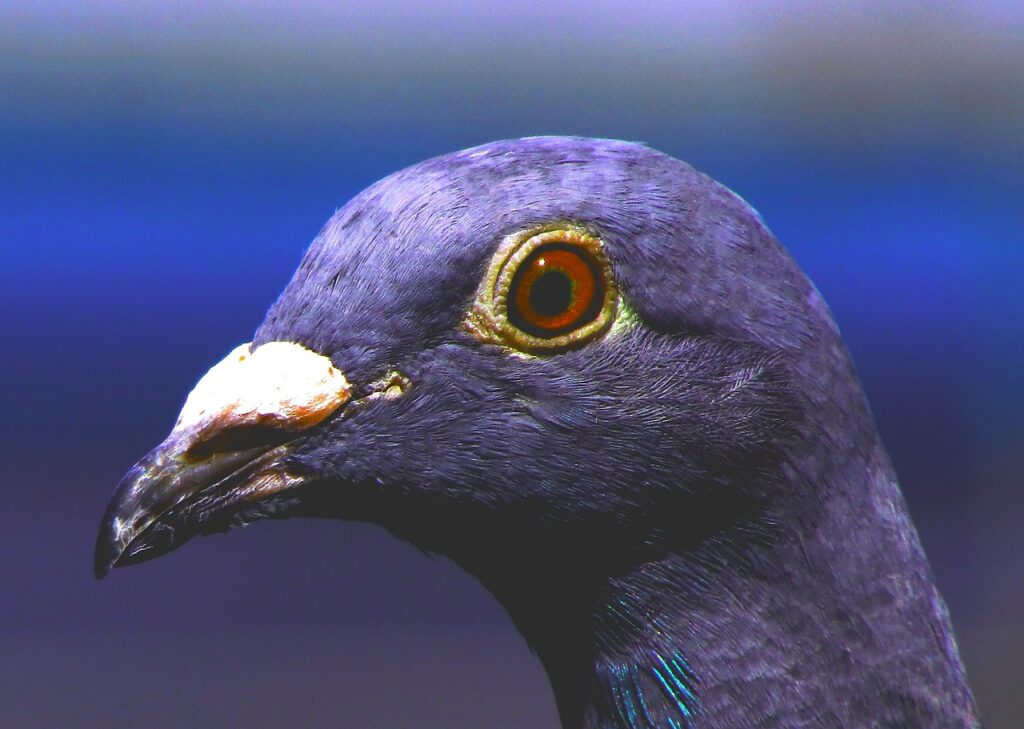
Stop using ‘bird brain’ as an insult. We now have evidence that many species of birds, particularly corvids such as ravens and crows, are incredibly intelligent and resourceful, being capable of using and manufacturing tools, understanding abstract concepts, and many other brainy feats. Two new studies suggest some birds have a previously unidentified brain structure that seems analogous to the human neocortex, a brain region that has been linked to consciousness.
Do birds have a neocortex-like brain structure? Some scientists think so.
Crows can point out things in order to communicate, recognize people’s faces years after first seeing them, and understand water displacement at the level of a child. These cognitive abilities are remarkably similar to those of mammals, which is what intrigued researchers at Ruhr-University Bochum in Germany, motivating them to investigate the avian forebrain in greater detail than anyone else before them.
Using a high-resolution imaging technique called 3D polarized light imaging, the team led by Martin Stacho, a neuroanatomist at Ruhr-University Bochum, examined microscopic slices of three homing pigeon brains.
The high-resolution of the images enabled the researchers to identify circuitry in a forebrain region known as the pallium, which is thought to be similar in function to the mammalian neocortex. Like the cortex, the pallium has distinctive structures connected by long neural fibers, which may explain birds’ complex and creative cognitive abilities.
According to the researchers, this may mean that the mammalian neocortex and the avian pallium could have similar origins and connectivity. Consequently, the two brain structures can be considered equivalent in function, the authors wrote in the journal Science.
But perhaps the most intriguing implication of this study is that birds may be capable of consciousness. This possibility has been investigated by another paper published this week by a group at the University of Tübingen in Germany, who trained two carrion crows to recall previous experiences in order to complete tasks.
During the testing phase, the crows were presented in a computer display in which a gray square might appear, followed by either a red or blue square two and a half seconds later. If they saw a gray square followed by a red one, the crows were trained to move their heads. If the crows saw a gray square and then a blue square, the birds had to keep their heads still.
If there was no gray square but a colored one appeared, the sequence was reversed, with blue signaling the crows to move their heads, while red meant they should keep their heads still. For their good behavior, the crows were rewarded with tasty treats.
The gray square is crucial to this experiment. Recalling whether or not they had seen it means that the birds can process past subjective experience.
Electrodes implanted in the avian brain region known as the nidopallium caudolaterale (NCL) allowed the researchers to monitor the brain activity of individual neurons in response to the stimuli. When the crows reacted, the neurons fired — but only when the birds saw the gray square first. The neurons remained silent if a gray stimulus wasn’t present, pointing towards “an empirical marker of sensory consciousness in birds’ brains,” the researchers wrote in a different paper published in the journal Science.
According to the researchers, the basic building blocks for mammalian and avian cognition may have been present in a common ancestor some 320 million years ago. The two types of brains obviously evolved differently, but, as these findings show, they are still remarkably similar in terms of sensory and cognitive abilities.









